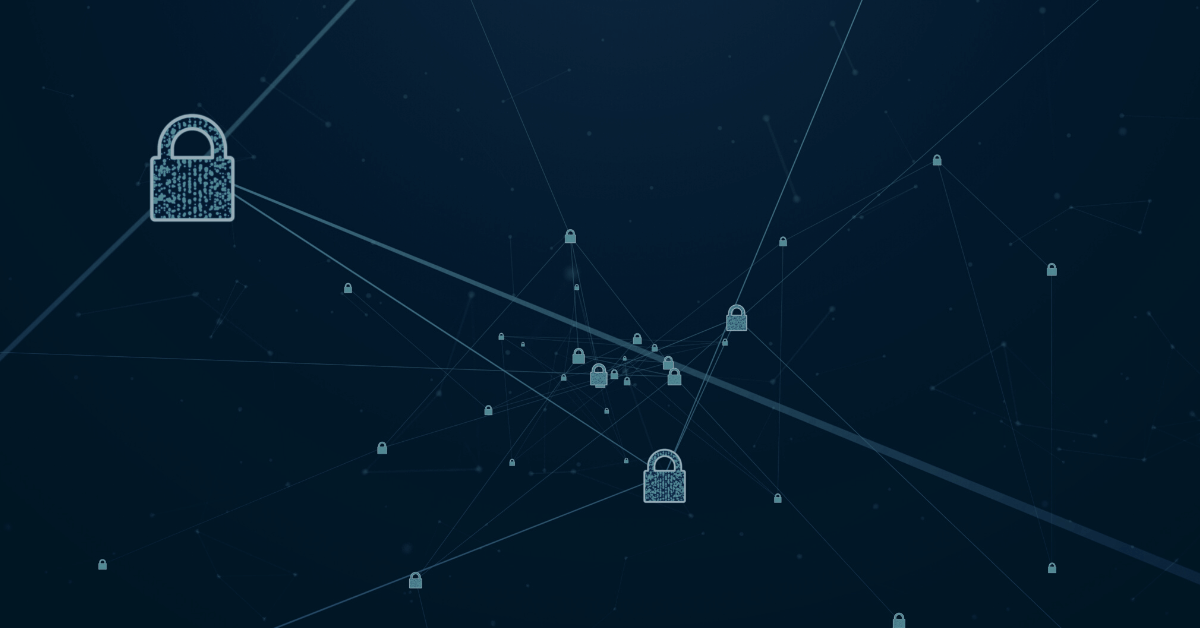Businesses are shifting toward advanced cybersecurity frameworks such as the zero trust security model to tackle cyber attacks in the increasingly complex digital environment. Zero trust network access (ZTNA) goes beyond traditional perimeter security. It ensures secure access by constantly verifying and assuming no implicit trust. However, the road to zero trust is more than security on the access level. It is about protecting all vulnerable endpoints to the extent that security becomes impenetrable on all data and resource levels, which is why browser security is an equally important area of concern.
Data and applications are moving from data centers toward the cloud. Since enterprise resources are accessible through the internet, browsers are a crucial part of all online business processes. Employees surf the web for various reasons, including brand promotions, communications, internal processes, and online services. Staying connected to the internet may help maintain productivity, but it also comes with a different set of risks. Cybersecurity threats like malware and phishing attacks can penetrate the enterprise network through a user’s web browser.
Remote browser isolation (RBI) is a critical segment of enterprise network security systems and a part of the zero trust security model. It essentially creates a safe browsing environment where users can browse without running into malicious content.
How Remote Browser Isolation Improves Cybersecurity
In simple terms, RBI is like a protective bubble around users while surfing the internet. Users accessing a website involve a browser running and executing the website code from an untrusted source. RBI hosts all browsing activities in a remote environment, away from the user device and enterprise network. This means malicious scripts are processed in this isolated environment and then projected on the user’s device.
Just as ZTNA stops attacks directed at the access level, RBI stops attacks directed at the browser. There are several types of threats the user can be affected by when coming in contact with a compromised website. Here are some examples of how RBI secures users from cyber threats in a practical sense:
- Users are safe from drive-by downloads, which often initiate automatically after a website code is executed. Downloads occur in an isolated environment and are scanned before the access is provisioned.
- Malvertising can be present on legitimate ad networks. If a user gets directed to a malicious website through these advertisements, they are still safe. The code for this website is executed on a remote server, away from the user.
- Cyber criminals can view browsing activities, modify content, and impersonate the user through an on-path browser attack. RBI helps reduce the damage caused by such attacks as there is no path to access corporate resources from the browser.
- Click-jacking is unintentional, or sometimes invisible clicks can also lead to unsafe websites. With remote browsing, the user only gets to see the filtered website contents, while any harmful content gets eliminated.
- Cross-scripting is when a malicious code is injected into a certain application or website. RBI keeps the user identity from such attackers and prevents them from stealing cookies or login tokens.
- Remote browsing protects from all known and unknown web-based threats. Since all web content is processed outside the enterprise network, the user is safe from even zero-day exploits.
Curious to know more about how remote browser isolation works? Our ebook will answer all your questions regarding this enterprise security solution.
RBI wipes away sessions after the user has logged off, so it does not infiltrate the system if they come across something malicious while browsing. Moreover, it allows businesses to manage their browsing sessions in a controlled manner. Administrators can set more granular browser policies, such as determining what kind of downloads are restricted.
One of the key advantages of RBI over traditional browsing security solutions is that it does not act like a site filter, limiting the user. It does not block websites, so productivity levels are not hindered by trying to get around the restricted website or looking for alternatives.
Like the zero trust approach, remote browser isolation considers all web activities malicious and keeps the user from accessing any harmful web content. This way, it complements the zero trust model and helps organizations continue browsing without apprehension.
Ensure All-Round Security for Your Enterprise Resources With Safous
RBI is an essential part of ZTNA. Both these technologies provide superior protection from external threats and keep the security teams assured. Remote browsing completes the zero trust framework by empowering secure browsing sessions and sealing all vulnerable entry points from the browser.
Safous brings a robust ZTNA solution with remote browsing capabilities for enterprise-grade cybersecurity applications. Safous Browser Isolation provides around-the-clock protection and performs rigorous authentication procedures. With Safous, your workforce can seamlessly connect to all cloud resources without being bothered by cyber attacks.
Test our capabilities today! Try out a free demo to discover the full potential of ZTNA.
Receive the latest news, events, webcasts and special offers!
Share this
You May Also Like
These Related Stories

Blog: Benefits of Remote Browser Isolation

Blog: What Is Remote Browser Isolation?





